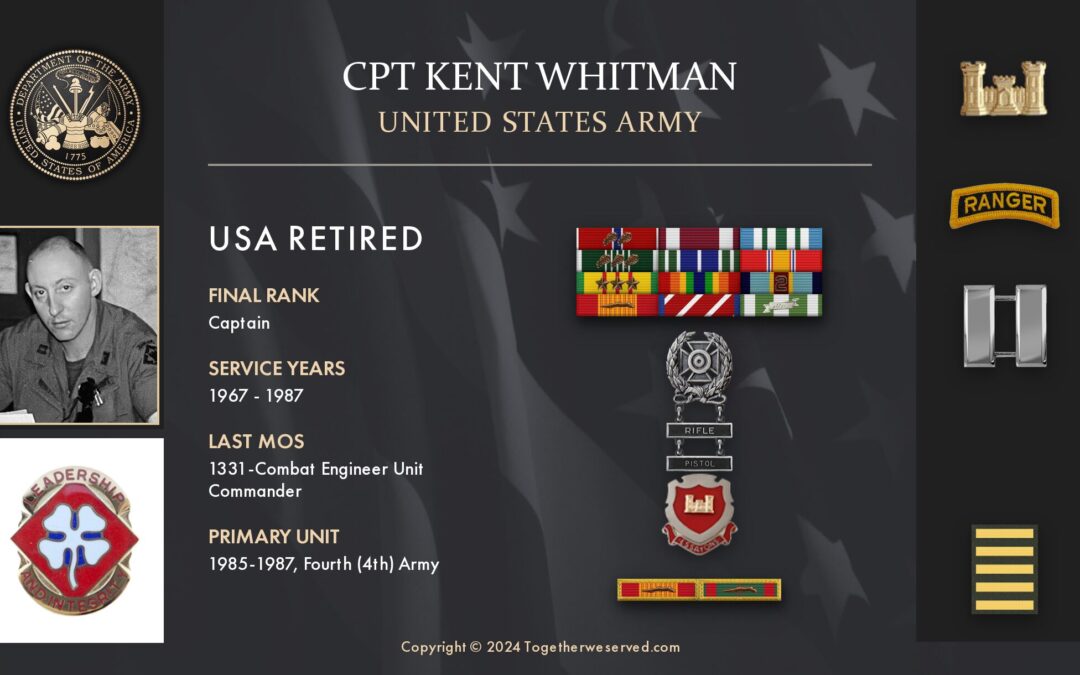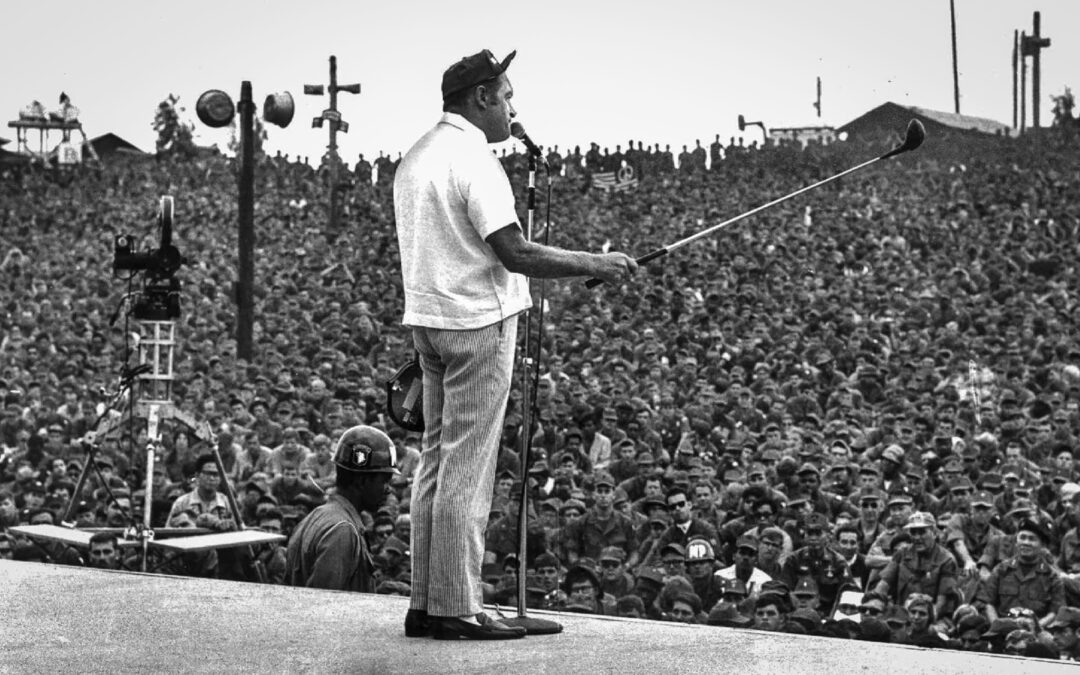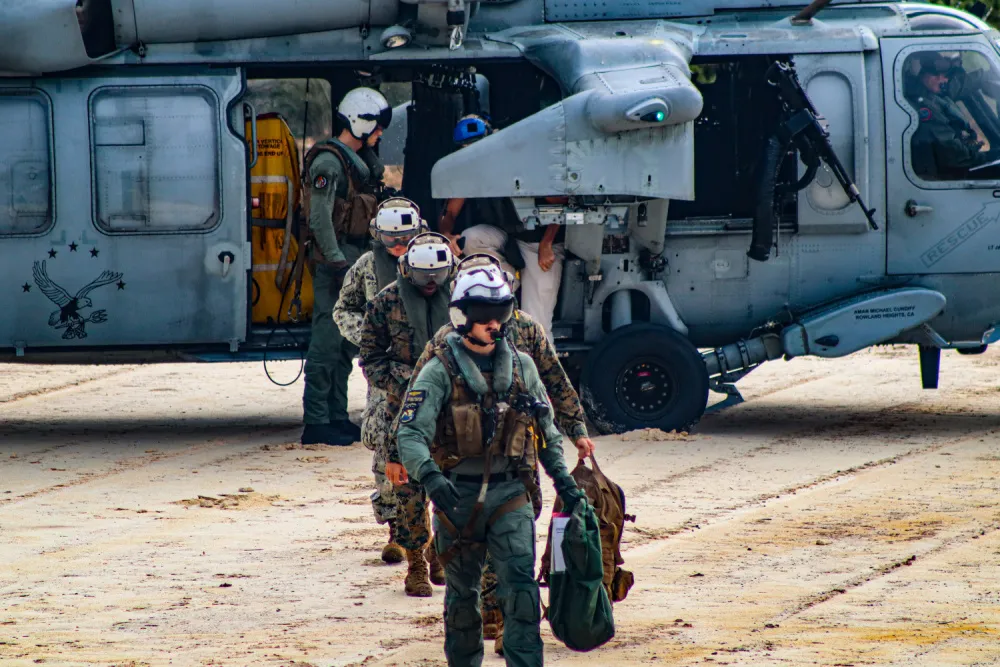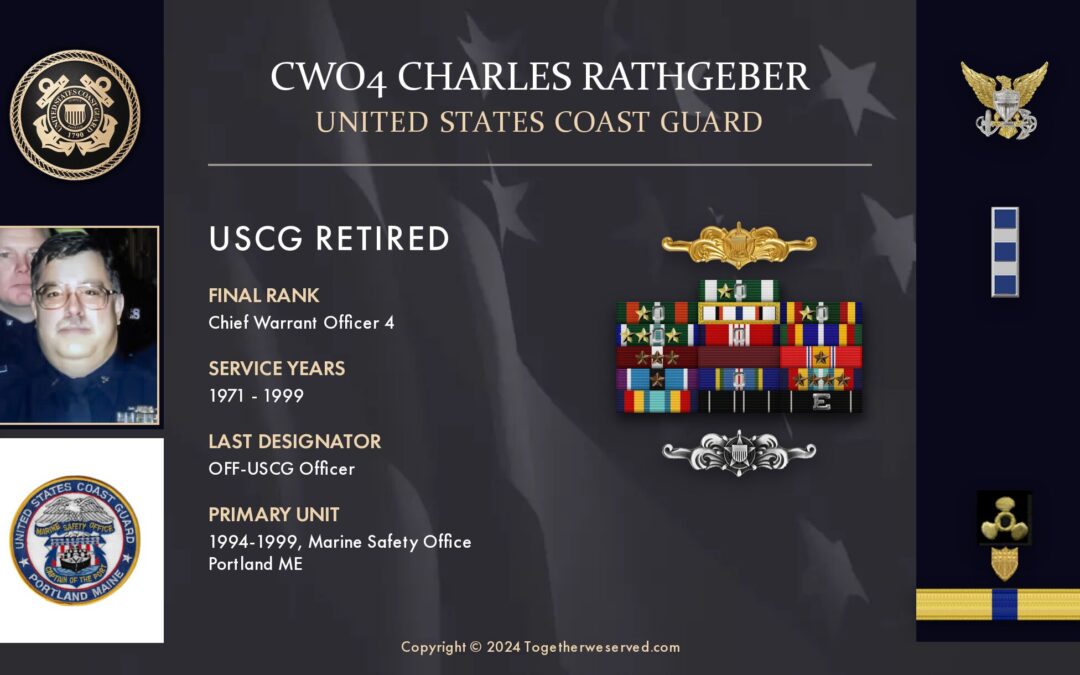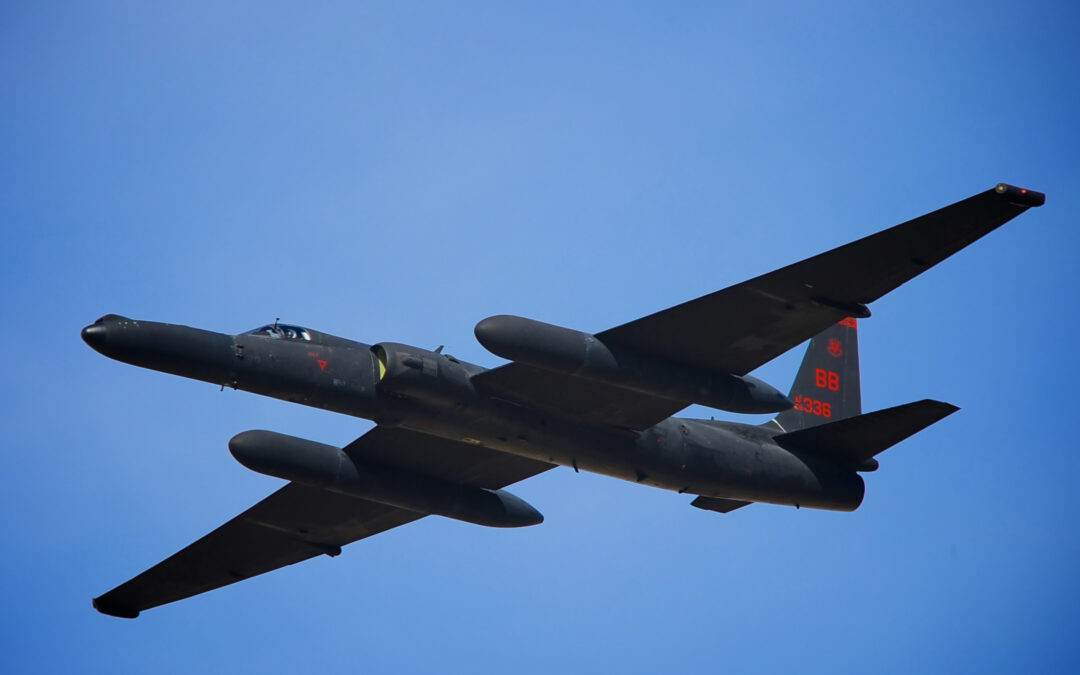Steeped in the political turmoil of an unpopular war and faced with unfamiliar terrain, embedded enemy supply practices, and tactics keying on stealth, by 1965, the US faced new and novel threats from Viet Cong forces with no ready recourse. Striving for any means to achieve supremacy, the Army turned to tried-and-true tactics while seeking a breakthrough military strategy. The answer, formation of the all-volunteer Navy Helicopter Attack (Light) Squadron 3 (HA(L)-3), quickly renowned by their call sign "Seawolf." Utilizing hand-me-down equipment acquired from the Army and newly trained personnel, HA(L)-3 would go on to become the most highly decorated squadron in naval aviation history. During the squadron's five-year tenure, the Seawolves flew more than 120,000 missions with two-hundred wounded and forty-four KIA, earning the following commendations and landmark recognition. But just how was such unprecedented success possible in the face of antiquated equipment and the absence of...


